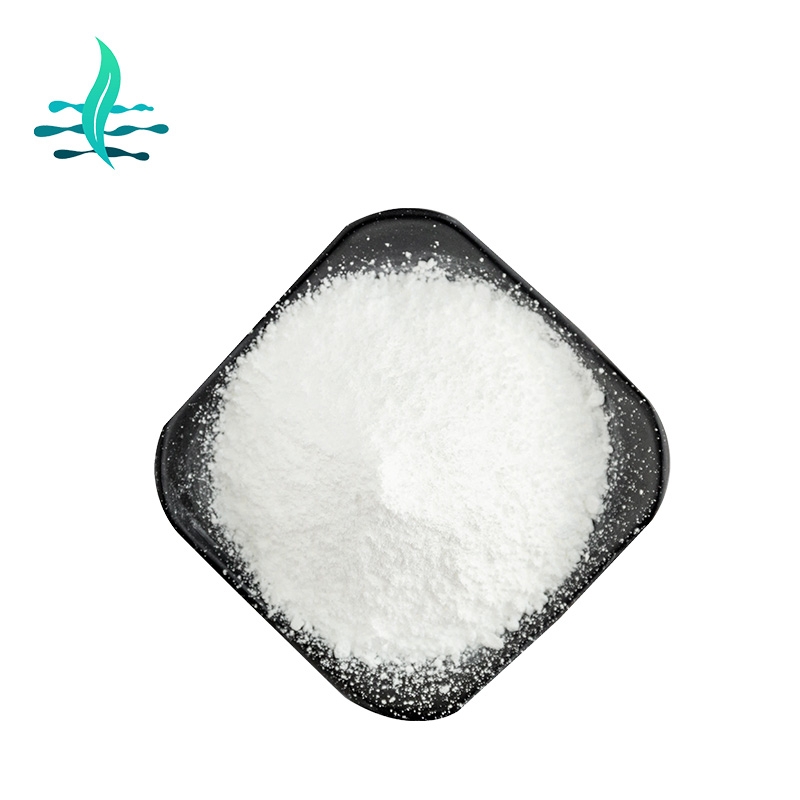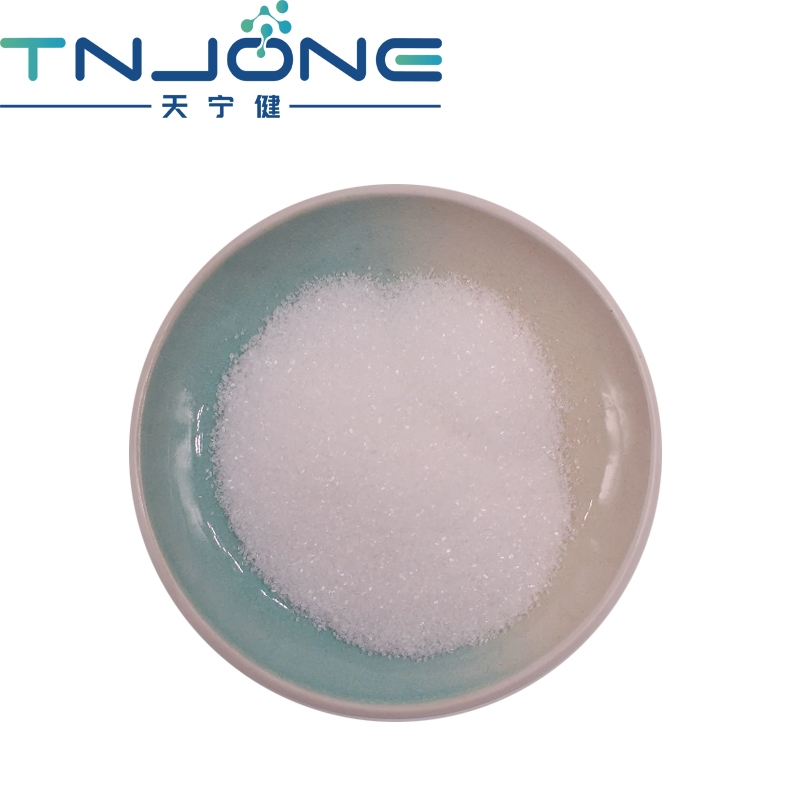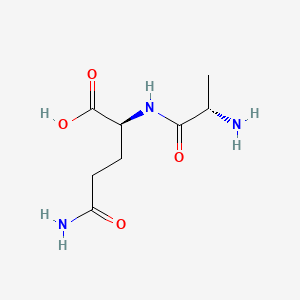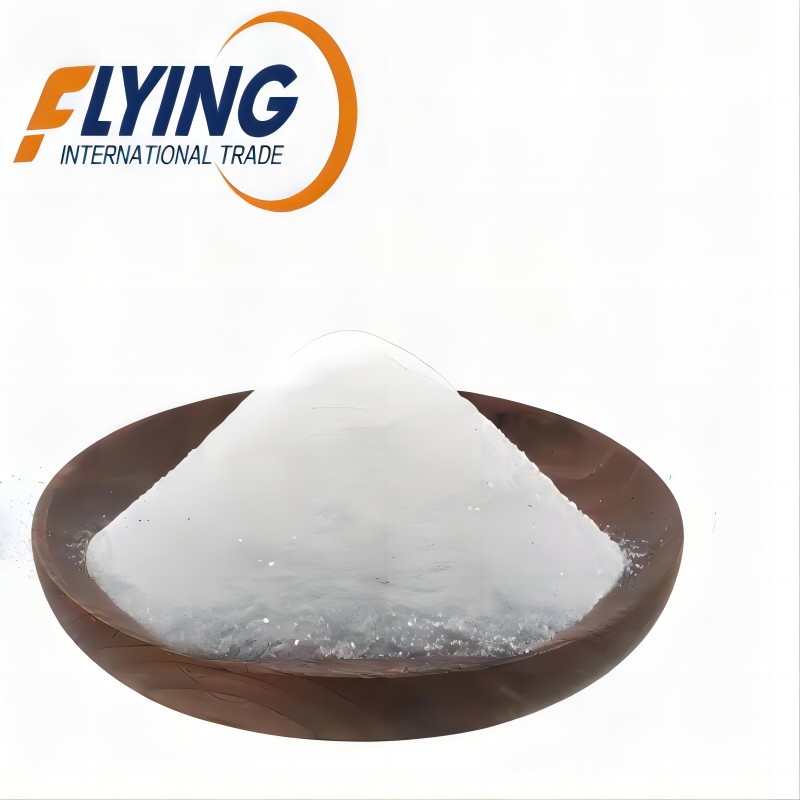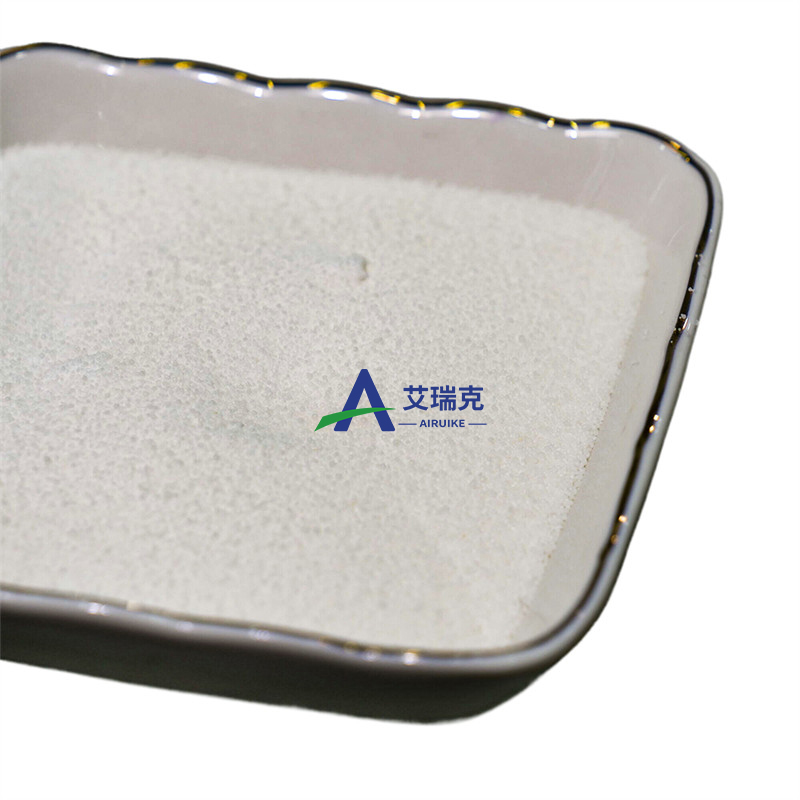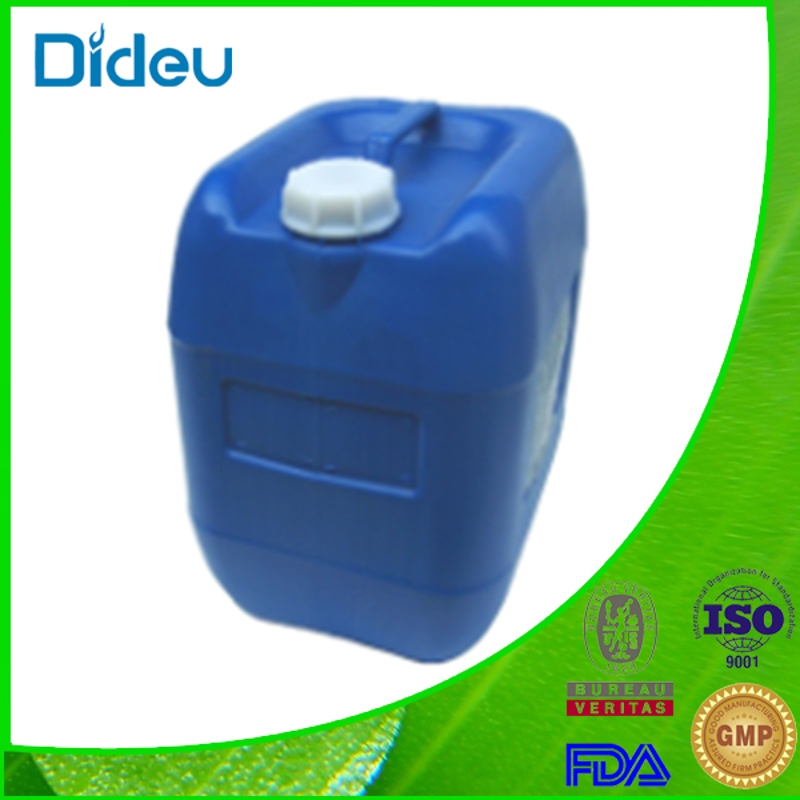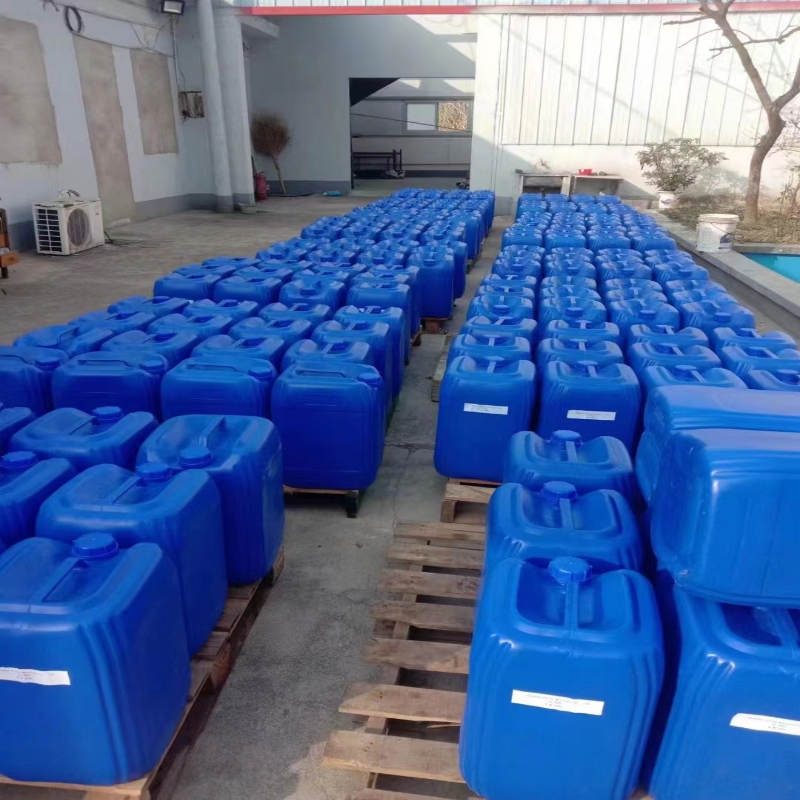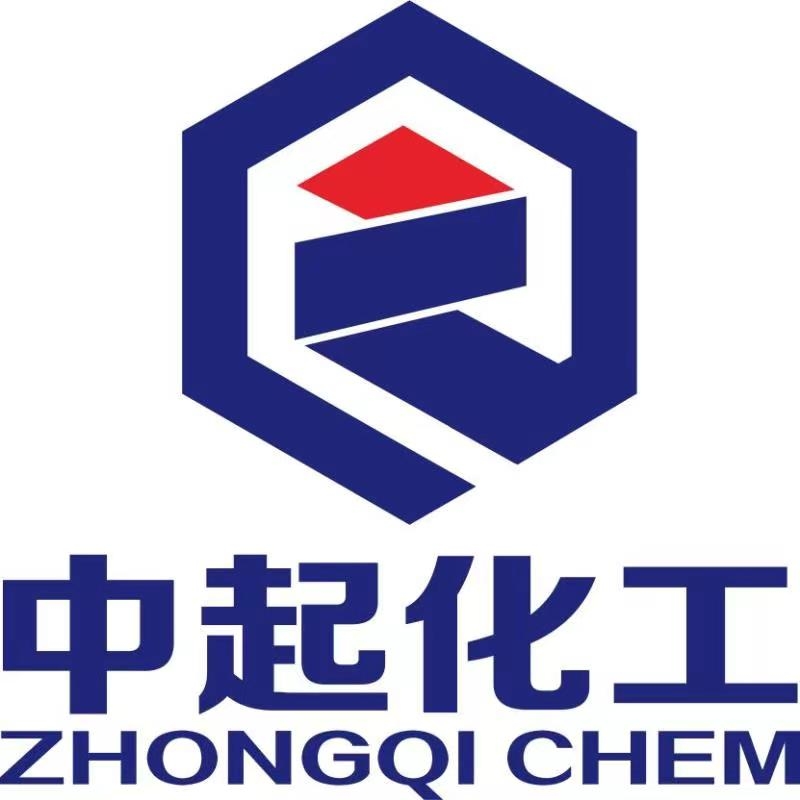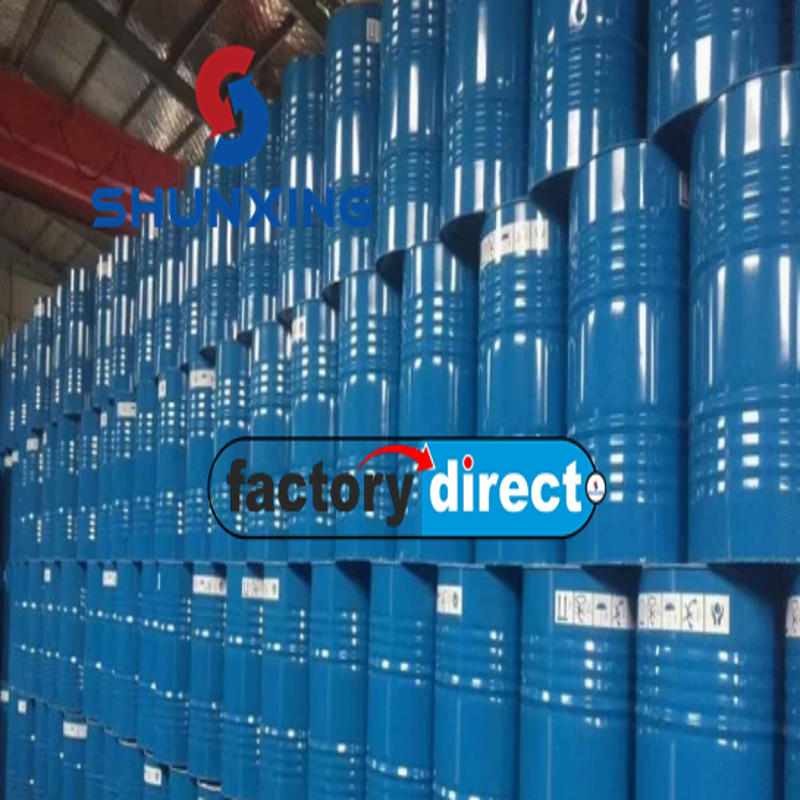Cosmetic Ingredient
- • Abrasive (124)
- • Absorbent (84)
- • Anticaking (66)
- • Anticorrosive (25)
- • Antifoaming (19)
- • Antimicrobials (290)
- • Antioxidant Ingredient (393)
- • Antiperspirant (20)
- • Antiplaque (48)
- • Anti-seborrheic (38)
- • Anti-sebum (39)
- • Antistatic (458)
- • Astringent (162)
- • Binding Agent (172)
- • Bleaching Agent (53)
- • Buffering (191)
- • Bulking (109)
- • Chelating (122)
- • Cleansing (679)
- • Cosmetic Colorant (212)
- • Cosmetic Preservative (158)
- • Denaturant (45)
- • Deodorant (98)
- • Depilatory (27)
- • Dissolving Agent (298)
- • Emollient (795)
- • Emulsifying Agent (480)
- • Emulsion Stabilising (154)
- • Exfoliating (19)
- • Film Forming (299)
- • Flavouring (72)
- • Foam Boosting (161)
- • Foaming (101)
- • Fragrance Ingredient (726)
- • Gel Forming (19)
- • Hair Conditioning (670)
- • Hair Dyeing (363)
- • Hair Fixing (36)
- • Hair Waving or Straightening (45)
- • Humectant (282)
- • Hydrotrope (92)
- • Keratolytic (20)
- • Light Stabilizer (80)
- • Moisturising Agent (50)
- • Nail Conditioning (42)
- • Occlusive (20)
- • Opacifying (119)
- • Oral Care (123)
- • Oxidising (19)
- • Perfuming (2105)
- • Plasticiser (98)
- • Propellant (19)
- • Reducing (50)
- • Refatting (12)
- • Refreshing (26)
- • Skin Cleansing (388)
- • Skin Conditioning (1751)
- • Skin Humectant (21)
- • Skin Protecting (282)
- • Smoothing (31)
- • Soothing (71)
- • Tonics (155)
- • UV Filter (34)
- • Viscosity Controlling (532)
Chemicals as Skincare Ingredients
Related News
Humectant
Argireline
(616204-22-9)-
Cosmetics Grade / 99.0%
-
Cosmetic grade / 98%
-
Cosmetics Grade / 99%
$80-90/G FOB
-
Cosmetics Grade / 98%
Request for quotation , get quotes from more suppliers.
Ethylene oxide-propylene oxide copolymer
(9003-11-6)-
Cosmetics Grade / 99%
-
Cosmetics Grade / 99%
-
Food Grade / 99%
-
Food grade / 99%
L-(-)-Carnitine hydrochloride
(6645-46-1)-
Food / Pharma Grade / 99.9%
-
Chemical Grade / 99%
-
Top Product / 99%
$24-30/KG FOB
-
- / 99.00%
Request for quotation , get quotes from more suppliers.
L-Alanyl-L-glutamine
(39537-23-0)-
- / 99.00%
-
Pharmacy Grade / 99%
-
Different Grade / 99.9%
$0.1/KG EXW
-
Food grade / 99%
Request for quotation , get quotes from more suppliers.
Mannose
(3458-28-4)-
- / 0.00%
-
- / 99.00%
-
-
Top Product / 99%
Request for quotation , get quotes from more suppliers.
Trehalose
(99-20-7)-
food grade / 99%
-
Industrial Grade / 99%
-
Food Grade / 99%
-
Pharmacy Grade / 99%
$8-9/KG FOB
-
Industrial Grade / 99%
-
Food Grade / 90%
-
Food Grade / 75%
-
Request for quotation , get quotes from more suppliers.
1,3-Dimethyl-2-imidazolidinone
(80-73-9)-
Industrial Grade / 99%
$1-1.2/KG FOB
-
-
-
- / 99.00%
Request for quotation , get quotes from more suppliers.
-
Pharmacy Grade / 99%
$5000/MT FOB
-
$4-5/KG FOB
-
Industrial Grade / 99.9%
$5-6/KG FOB
-
Industrial Grade / 98%
Request for quotation , get quotes from more suppliers.
Pyrroloquinoline quinone
(72909-34-3)-
Cosmetics Grade / 98%
$32-40/KG FOB
-
Cosmetics Grade / 98%
-
Pharmacy Grade / 99%
-
Food/Industrial Grade / 99%
$1857.49/KG EXW
Request for quotation , get quotes from more suppliers.
Source Humectant Raw Materials by Region
More Information
A humectant is a crucial ingredient used in various topical dosage forms, particularly in enhancing the solubility of active ingredients in pharmaceuticals and cosmetics. Its primary purpose is to increase the effectiveness of chemical compounds, allowing them to better penetrate the skin and extend their activity time.
Humectants operate by drawing moisture from the environment, creating a hydrating effect that is especially beneficial in countering the dehydrating impact of certain active ingredients like soaps, corticoids, and certain alcohols.
Common humectants
•Oil: Glycerin is a natural humectant that attracts large amounts of water.
•Hyaluronic Acid: Hyaluronic acid is a natural polysaccharide.
•Allantoin: Allantoin has a moisturizing and cuticle softening effect.
•Natural Oils: Vegetable oils, such as olive oil and sweet almond oil, are rich in fatty acids.












